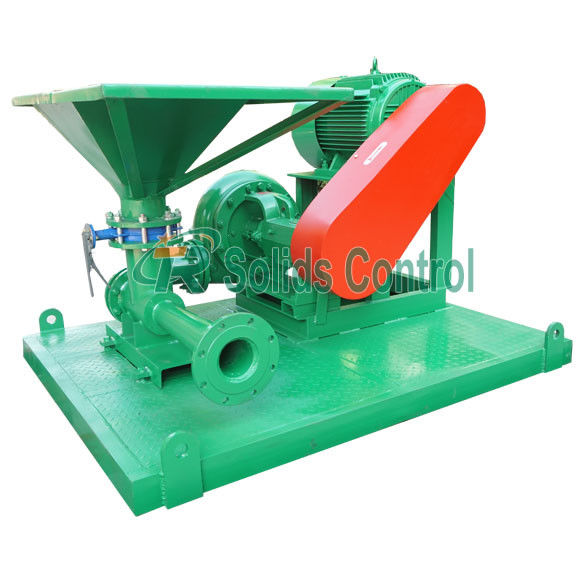


Bore Log & Report Submission – A written report detailing the utilities installed along with a bore log indicating depth and path information is provided to the customer.Surface features such as sod, asphalt, and curbing are restored to their original condition. Site Cleanup and Restoration – Extraneous bore mud and spoils are removed with a vacuum excavator.Installation of larger pipe/conduit may require additional reaming pull-backs prior to pulling the pipe/conduit. Bore mud is pumped through the drill rods to hold the bore open and provide lubrication while the pipe/conduit is pulled back through the original bore path. R eaming & Pull-Back – The bore head is replaced with a reamer and attached to the pipe/conduit to be installed via a swivel.Drill Head Exit – As the drill path reaches its terminus, the drill head exits at a predetermined location.Drill Steering (drill-head locating) – The drill operator steers the drill head under and around existing obstacles and buried utilities using guidance data provided by an electronic beacon located inside the drill head.As the drill head penetrates the earth, additional drill rods are added as needed to extend the length of the drill path. Drilling Begins – An experienced drill operator and drill head locator lead the drilling operation.Entry and exit pits may be excavated at this time. Drill Setup & Mud Mixing – Staging of the directional drill, conduit/pipe, and ancillary equipment is performed while drilling mud is mixed to prepare for drilling operations.Safety barriers, maintenance of traffic (MOT), and visual aids are setup at this time. An on-site pre-work meeting is held to ensure that each team member understands the work plan, is equipped with necessary Personal Protective Equipment (PPE), and is made aware of all potential safety hazards present on the work site. Consideration is made for both topside and buried hazards (electrical, soil stability, traffic, etc.). Pre-Work Planning & Safety Meeting – The Bore-Team foreman creates a work plan detailing each step of the work to be performed.Some buried utilities may be vacuum excavated to visually verify their depth, position and orientation. The presence of water hydrants, utility boxes, or other topside features is reconciled with previously performed locates to ensure that nothing has been overlooked. Site Survey – Prior to creating the work-plan, a boring foreman or project manager conducts a site-survey to ensure that all potentially knowable information regarding the jobsite and existing utilities has been considered.Proper marking and valid locate tickets are an important aspect of reducing the risk of directional boring activities. Technologies such as Ground Penetrating Radar (GPR), Electromagnetic Induction (EMI), and hydro-excavation are used to designate (“mark”) and uncover (“daylight”) existing subsurface utilities. All South utilizes the state’s 811 locating service as well as private locating to ensure that boring operations will not disturb buried services. Locate Existing Utilities – It’s important to know where existing utilities may lie prior to beginning any boring or excavating operations.


 0 kommentar(er)
0 kommentar(er)
